Compared to other shrimp farming models, the improved extensive shrimp farming model (IBC) and improved combined shrimp farming model (CTKH) are considered pioneering farming models of the province since before the years of production transformation. However, one of the issues of concern today is the sustainable development and economic efficiency of the model.
CQCT farmed shrimp have large size and good quality in Gia Rai town.
SUSTAINABLE MODEL
Up to now, the QCCT-CTKH shrimp farming model has a total area of over 79,000 hectares and has been affirmed as a sustainable aquaculture model. Since converting production from ineffective rice cultivation to aquaculture, Bac Lieu farmers have continuously improved and created good ways to save input costs, limit diseases and improve productivity such as: Designing nursery pond systems, settling ponds, raising in the direction of increasing density with periodic use of microorganisms and supplementing industrial feed for shrimp during the nursery stage...
Dong Hai district is the locality with the largest QCCT-CTKH shrimp farming area in the province and is also the locality with many models achieving ASC certification for ecological shrimp. Up to now, this model has reached an area of over 35,350 hectares, accounting for nearly 90% of the total aquaculture area of the district. With the form of selective farming, compensatory stocking, combining other aquatic products (crabs, fish) with shrimp and linking the consumption of clean products according to the value chain, it has brought more profits to farmers compared to previous rice production. Specifically, this model has a yield of 900kg - 1 ton (shrimp, crab, fish) / ha / year, with a profit of 80 - 90 million VND / ha / year. In particular, there are households with profits of 100 - 120 million VND/ha, typically the households of Mr. Duong Minh Doan, Ho Van Ut, Nguyen Ut Nho, Tran Van Vu, Tran Tan Dat (Dinh Thanh commune) and Mr. Nguyen Van Cong (An Trach commune)...
However, the QCCT-CTKH shrimp farming model has been and is revealing difficulties and shortcomings. Most of the people's ponds are too simple, the construction does not meet the requirements, there is little attention to renovation and there is a lack of settling ponds to store water. Equipment for production is not adequate, so when there are weather or disease incidents, they are often passive, especially in years of drought, or the impact of high tides causing shrimp to escape (due to low embankments and little dredging).
In addition, some farmers are still subjective, follow their experience, rush to release seeds without following the crop schedule, buy poor quality floating seeds on the market, and lack quarantine before releasing, leading to high loss rates. In addition, some households also release seeds when the water source has not been thoroughly treated, so there is a high risk of disease development and spread. In particular, the current QCCT-CTKH shrimp farming model has been seriously affected by the high risk of pollution in the farming environment, especially the spontaneous industrial shrimp farming movement interwoven in the QCCT shrimp farming area. Mr. Do Hoang Kien (Long Dien Tay commune, Dong Hai district) reflected: "Since the appearance of industrial shrimp farming models, the situation of shrimp death and crop failure in the QCCT shrimp farming area has increased, because most industrial shrimp farming households discharge dead shrimp water into the internal canals, while all QCCT shrimp farming households have to use this common water source for shrimp farming".
CQCT farmed shrimp have large size and good quality in Gia Rai town.
NEED TO COMPLY WITH "3 NO'S" AND "3 YES"
The reality of QCCT-CTKH shrimp farming shows that although the model does not require farmers to spend a lot of capital investment or complex farming techniques like the industrial shrimp farming model, farmers must basically grasp the management techniques, care and a closed, strict shrimp farming process. In particular, the environmental factor is the leading decisive factor of this shrimp farming model and has a direct impact on the efficiency and sustainability of the model.
In fact, the situation of "breaking the fence" and not complying with the planning of farming areas is on the rise in specialized shrimp farming areas of QCCT-CTKH before the rapid "encroachment" of intensive and super-intensive shrimp farming models has broken the sustainability of this model.
The cause of this situation is due to the pursuit of productivity, profit and disregard for regulations and warnings about environmental pollution by the management sector. Therefore, along with strengthening strict management of farming area planning, the functional sector also needs to focus on many other solutions to improve productivity, value and economic efficiency for the QCCT-CTKH shrimp farming model. In particular, in addition to shrimp as the main livestock, attention should be paid to other livestock with high economic value, especially sea crabs and brown fish, mullet with stable consumption markets and selling prices that are sometimes higher than the purchase price of raw shrimp from 30,000 - 50,000 VND/kg.
However, to develop this model sustainably and promote economic efficiency from other livestock, proactive solutions for breeds must be considered a breakthrough. Because most of the breeds serving the QCCT-CTKH shrimp farming model are mainly exploited from nature, the quantity is not much.
Brown fish raised with shrimp from the CQCT-CTKT model has a selling price of 200,000 - 250,000 VND/kg. Photo: KT
Besides, it is necessary to increase investment in irrigation infrastructure to serve production and farmers themselves must also comply with the transferred farming processes instead of applying traditional farming methods.
Specifically, according to the provincial Agricultural Extension Center, there must be nursery ponds and settling ponds for fish farming to self-clean the water before it is put into the nursery pond and the farming pond. The canals must be clear, 2-4m wide and 1-1.5m deep, with sturdy embankments that do not leak to retain water.
In addition, it is also necessary to apply special pre-nursing methods to help the fry to be healthy, develop evenly, minimize herd division and adapt to the environment, in order to increase survival rate and control stocking density after being introduced into the farming area.
In particular, it is necessary to comply with the "3 no's" and "3 yes's". The "3 no's" are: Do not use pesticides to kill crustaceans, trash fish, snails, seaweed, and algae in the pond with pesticides that are toxic to the environment; Do not release shrimp of unknown origin and shrimp that have not been tested or inspected for quality before being released; Do not discharge water and sludge from the pond directly into the irrigation canal without treatment. The "3 yes's" are: Have a pond to store and treat water and sludge before releasing them into the outside environment; Have technical knowledge to apply good aquaculture practices (VietGAP); Have a community-based production organization through clubs, production groups, cooperatives, and associations to support each other in production development, create large-scale goods, and link with businesses through value chain production...
KIM TRUNG
* Dr. Nguyen Xuan Khoa - Vice President of the Provincial Union of Science and Technology Associations: Resolutely not to use banned antibiotics
Compared to other aquaculture models, the QCCT-CTKH shrimp farming model mostly uses available natural food sources and depends entirely on the environment. Therefore, it is necessary to pay attention to improving the environment, developing and creating more natural food sources from building farming areas by arranging deep and shallow areas to grow aquatic plants in shrimp ponds such as water mimosa (if salinity is low), or water mimosa (sea mussels), especially resolutely not using banned antibiotics... At the same time, it is necessary to increase the reasonable farming density, depending on the ability to meet the natural food sources of shrimp. Also, in water environment treatment, priority should be given to the use of microbial preparations, pesticides such as Cypermethrin, Deltamethrin should not be used to kill miscellaneous substances, which will pollute the soil and water environment, directly affecting the quality of farmed shrimp products.
In order for the QCCT-CTKH shrimp farming model to be effective, the agricultural sector and localities need to organize many specialized training courses, vocational training, and seminars to help farmers succeed in shrimp farming. In addition, it is necessary to organize exchanges and transfer of experiences among shrimp farming households and scientists will participate in answering questions and supplementing shrimp farming knowledge for households... In particular, with the current trend of integration and competition in quality, it is necessary to pay attention to training high-quality human resources, aiming to gradually "intellectualize farmers"...
In particular, promoting chain linkage in agricultural production, in which the Provincial Cooperative Union, agricultural cooperatives and enterprises need to take the lead in helping farmers consume high-quality products...
* Mr. Nguyen Trong Han - Vice Chairman of Dong Hai District People's Committee: Strengthen inspection and effectively implement planning management work.
It must be affirmed that, with the land, soil and dense river system conditions, Dong Hai district has created many favorable conditions for promoting its strengths in aquaculture, especially the QCCT-CTKH shrimp farming model.
Implementing the restructuring of the agricultural sector, Dong Hai district has reorganized production, promoted the application of science and technology associated with building a product consumption chain, aiming to build a product brand for high-quality extensive shrimp.
Up to now, Dong Hai has established 3 raw shrimp farming areas certified for clean shrimp (ASC, GlobalGAP) for 316 households who are members of cooperatives and cooperative groups with an area of over 865 hectares and has issued shrimp farming facility codes to 3,456 farming households.
Currently, Dong Hai district has been actively implementing the Agricultural Production Restructuring Plan and Directive 06 of the District Party Committee Standing Committee on planning and investing so that the eastern communes can develop into concentrated production areas for intensive and semi-intensive shrimp farming; the western communes are areas for QCCT-CTKH shrimp farming in a sustainable and high-quality direction. At the same time, speed up the implementation of supporting communes and towns to issue shrimp farming facility codes for the district's key products according to the provisions of the 2017 Fisheries Law and strive to achieve the plan assigned by the province by the end of 2023.
At the same time, continue to replicate the QCCT-CTKH shrimp farming model with little water change, using microbial products and the QCCT-CTKH model (forest regeneration) according to cooperatives and cooperatives associated with value chain linkages, contributing to increasing income for shrimp farmers. As well as, replicate the floating plow model to improve the surface of shrimp farming squares to promote the effectiveness of soil improvement, in order to create fertility for the shrimp squares, helping shrimp, crabs and fish to grow better. Along with that, it is recommended that farmers, if possible, choose domesticated, disease-free shrimp to raise to shorten the farming time and harvest large-sized shrimp to increase productivity and profits on the production area...
One of the issues that Dong Hai district is paying attention to is the management of farming area planning. Through a survey of the district, in the 5 western communes of An Phuc, Dinh Thanh, Dinh Thanh A, An Trach and An Trach A, there has been a situation where people have implemented intensive, semi-intensive and super-intensive shrimp farming models spontaneously, without planning, without investing in wastewater treatment systems and carelessly discharging waste into the environment, causing increasing public frustration. This problem has caused difficulties in environmental management, especially the risk of disease spreading throughout the region if not handled and prevented promptly. To overcome the above situation, along with strengthening inspection and implementing well the planning management work, the district has proposed a number of solutions to implement in the coming time such as: Continuing to propagate and notify the people in the communes of the regulations on the Planning of shrimp farming areas according to Directive No. 06. For households that have been spontaneously raising shrimp before, it is recommended that households carry out environmental registration procedures according to Circular 02 detailing the implementation of a number of articles of the Law on Environmental Protection. At the same time, they must commit to fully implementing the environmental protection conditions according to Decision 23 of the Provincial People's Committee on promulgating the Regulations on environmental protection in aquaculture activities in Bac Lieu province and Decision 104 of the Department of Agriculture and Rural Development on promulgating guidelines for environmental protection in aquaculture activities in Bac Lieu province. There are specific working minutes to serve as a basis for inspection, examination and handling later. In case intensive, semi-intensive, or super-intensive shrimp farming households are found to be causing environmental pollution, they will be strictly handled in accordance with the provisions of law.
LD (perform)
Source link


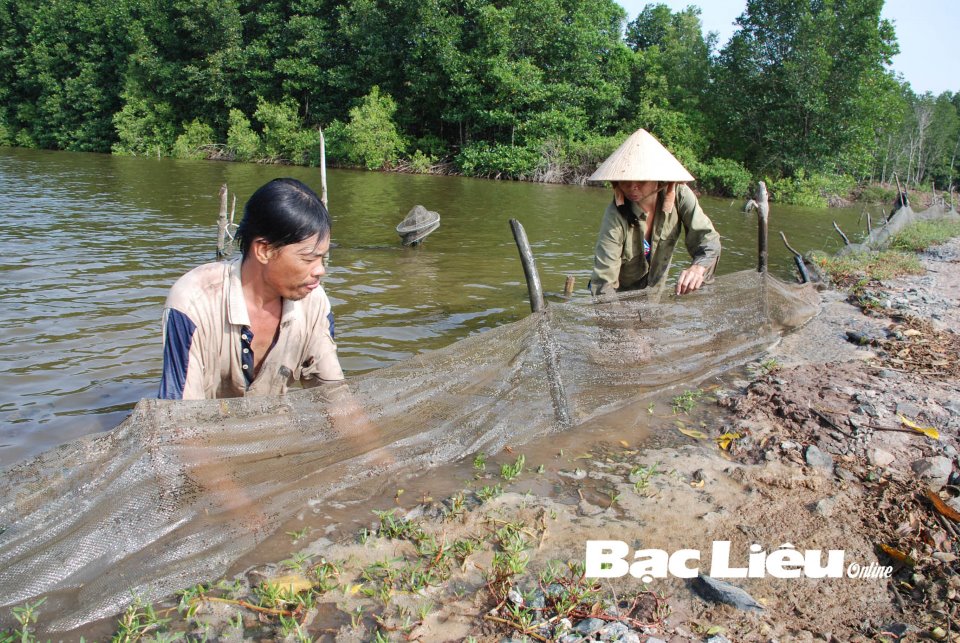
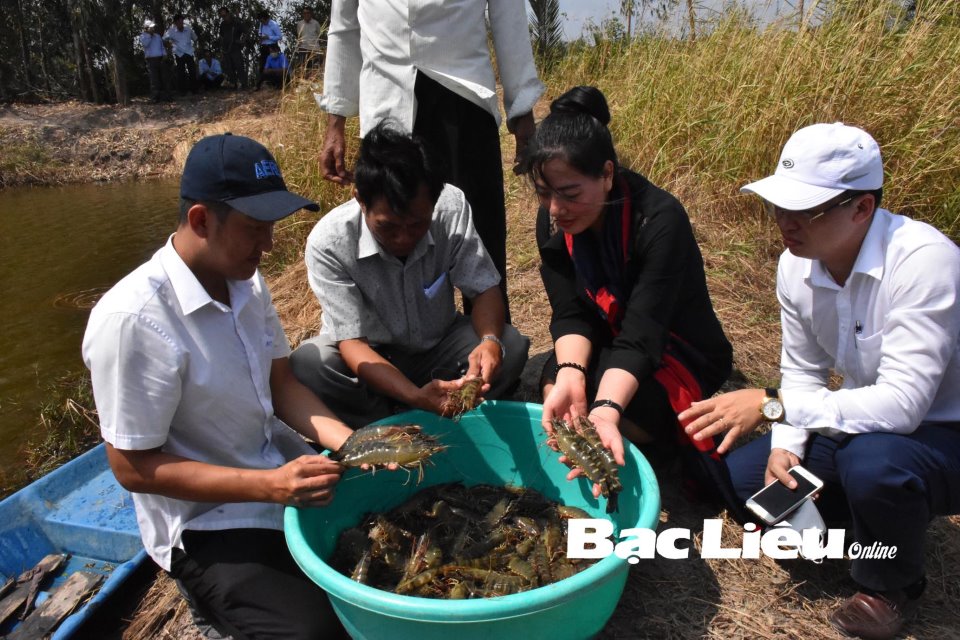
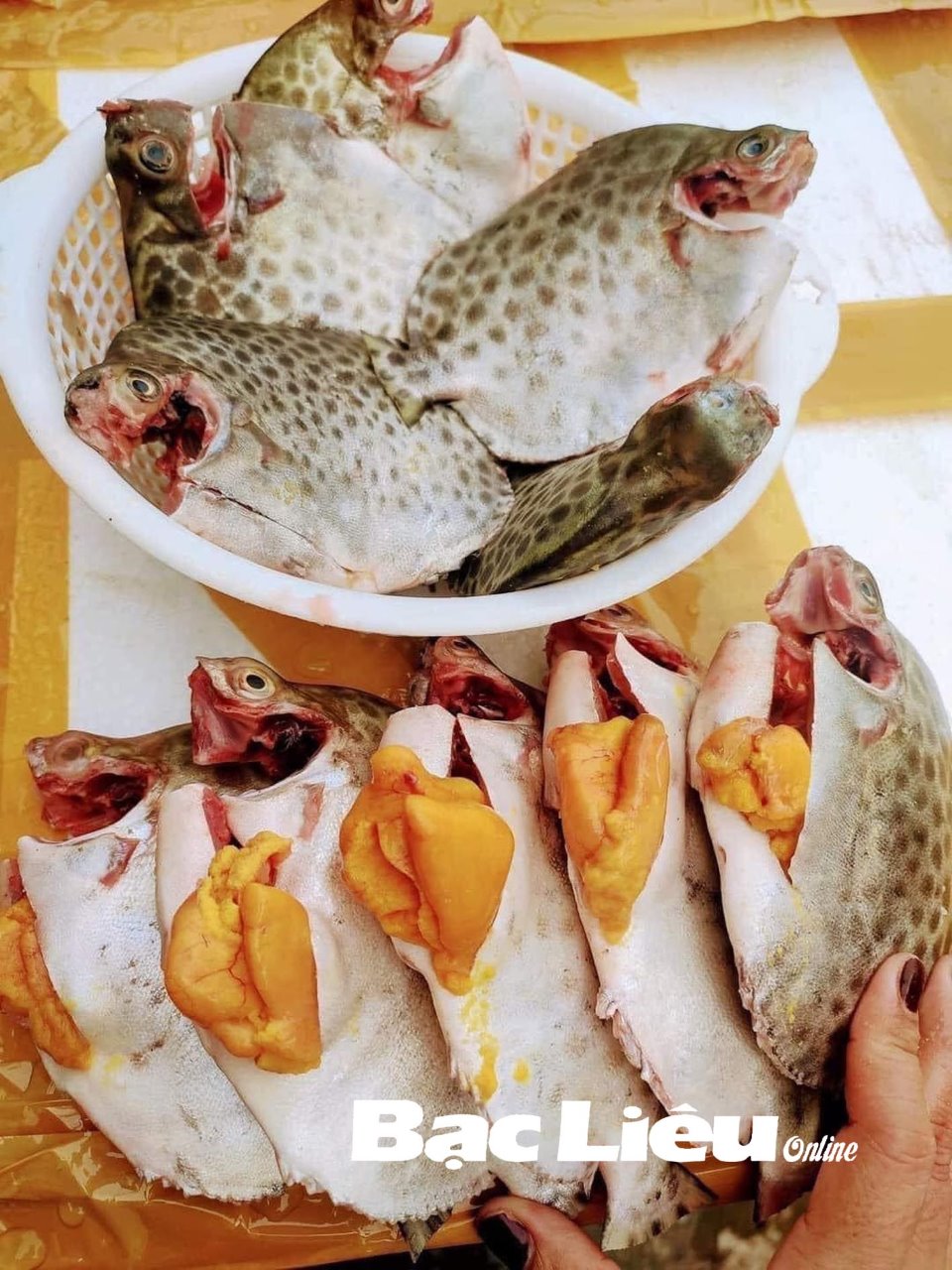
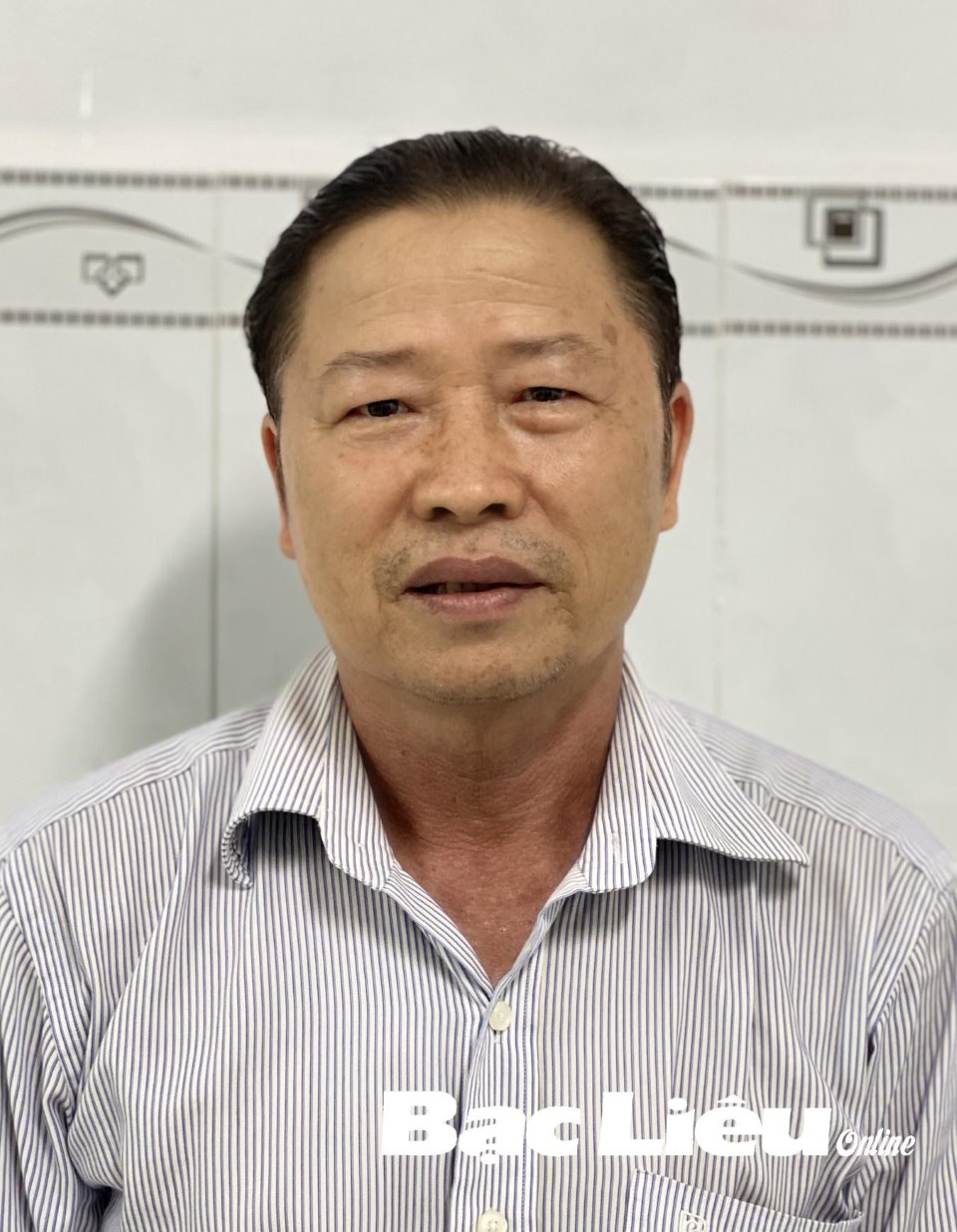
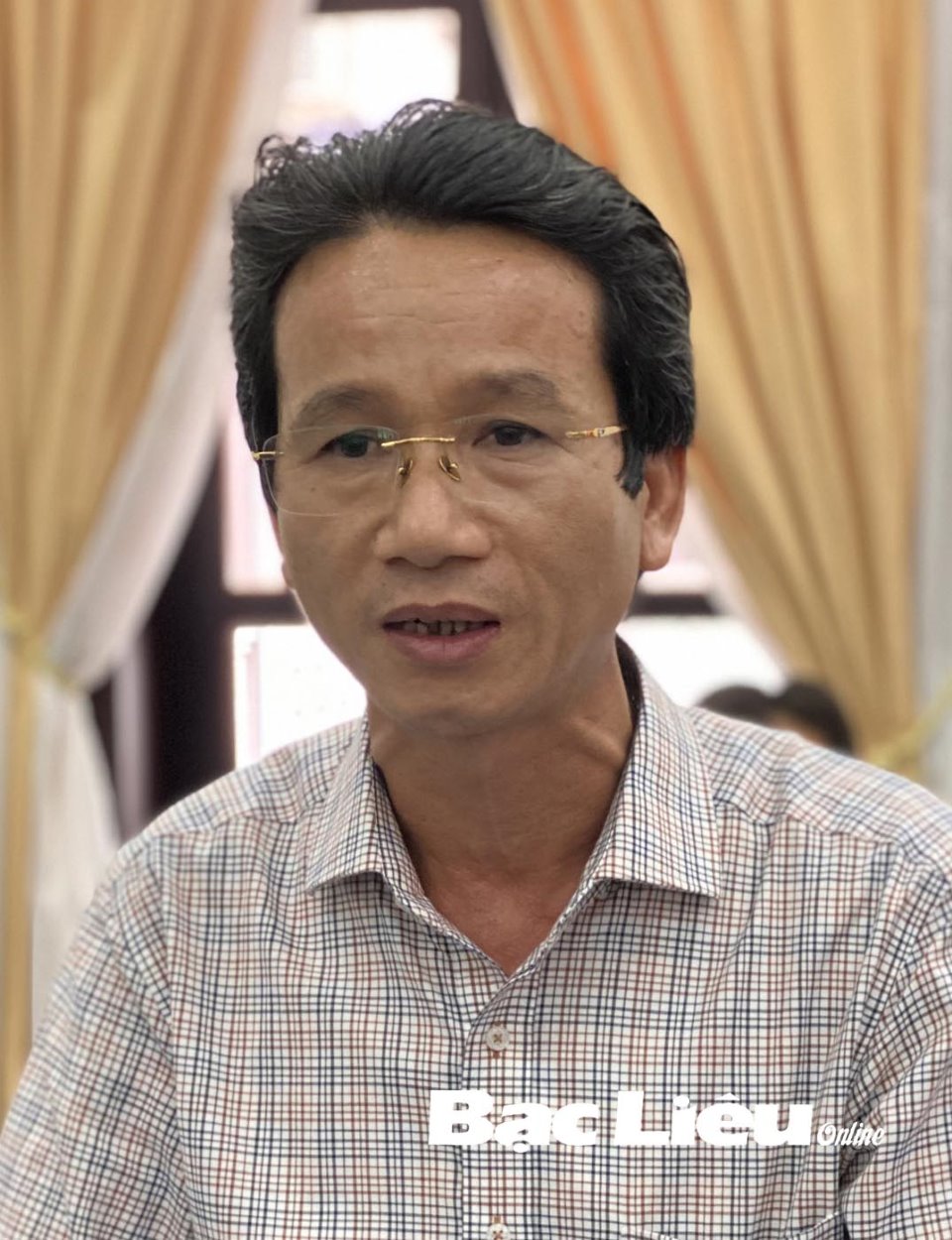
![[Photo] 12th grade students say goodbye at the closing ceremony, preparing to embark on a new journey](https://vphoto.vietnam.vn/thumb/1200x675/vietnam/resource/IMAGE/2025/5/28/42ac3d300d214e7b8db4a03feeed3f6a)
![[Photo] Vietnamese and Hungarian leaders attend the opening of the exhibition by photographer Bozoky Dezso](https://vphoto.vietnam.vn/thumb/1200x675/vietnam/resource/IMAGE/2025/5/28/b478be84f13042aebc74e077c4756e4b)
![[Photo] General Secretary To Lam works with the Central Policy and Strategy Committee](https://vphoto.vietnam.vn/thumb/1200x675/vietnam/resource/IMAGE/2025/5/28/7b31a656d8a148d4b7e7ca66463a6894)
![[Photo] Prime Minister Pham Minh Chinh receives a bipartisan delegation of US House of Representatives](https://vphoto.vietnam.vn/thumb/1200x675/vietnam/resource/IMAGE/2025/5/28/468e61546b664d3f98dc75f6a3c2c880)


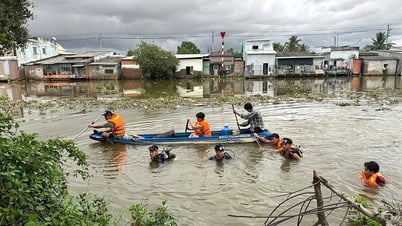

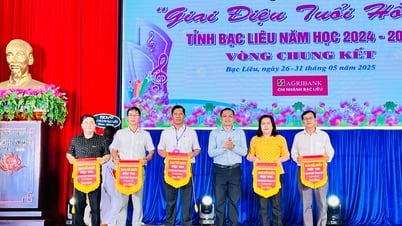

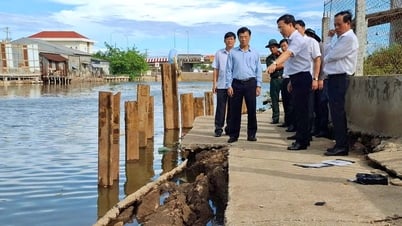

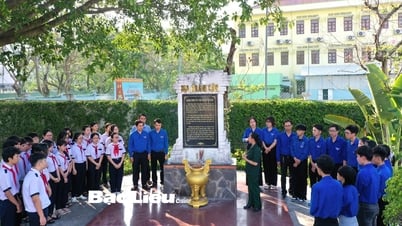




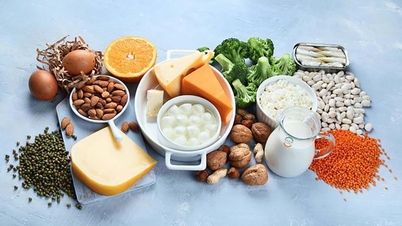


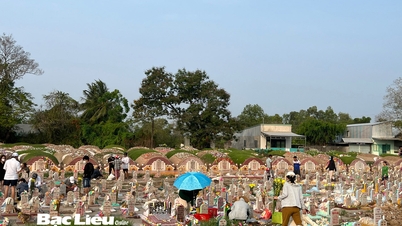

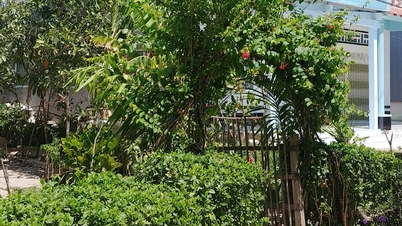






















































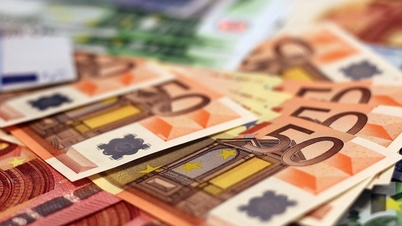
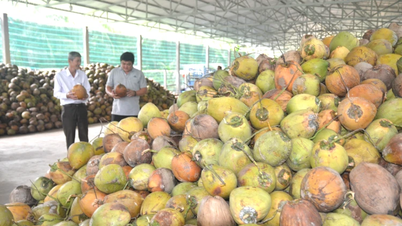

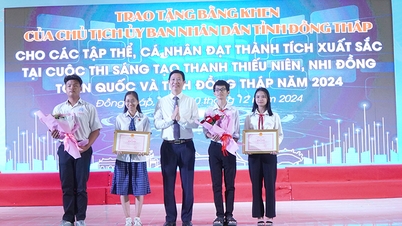








Comment (0)